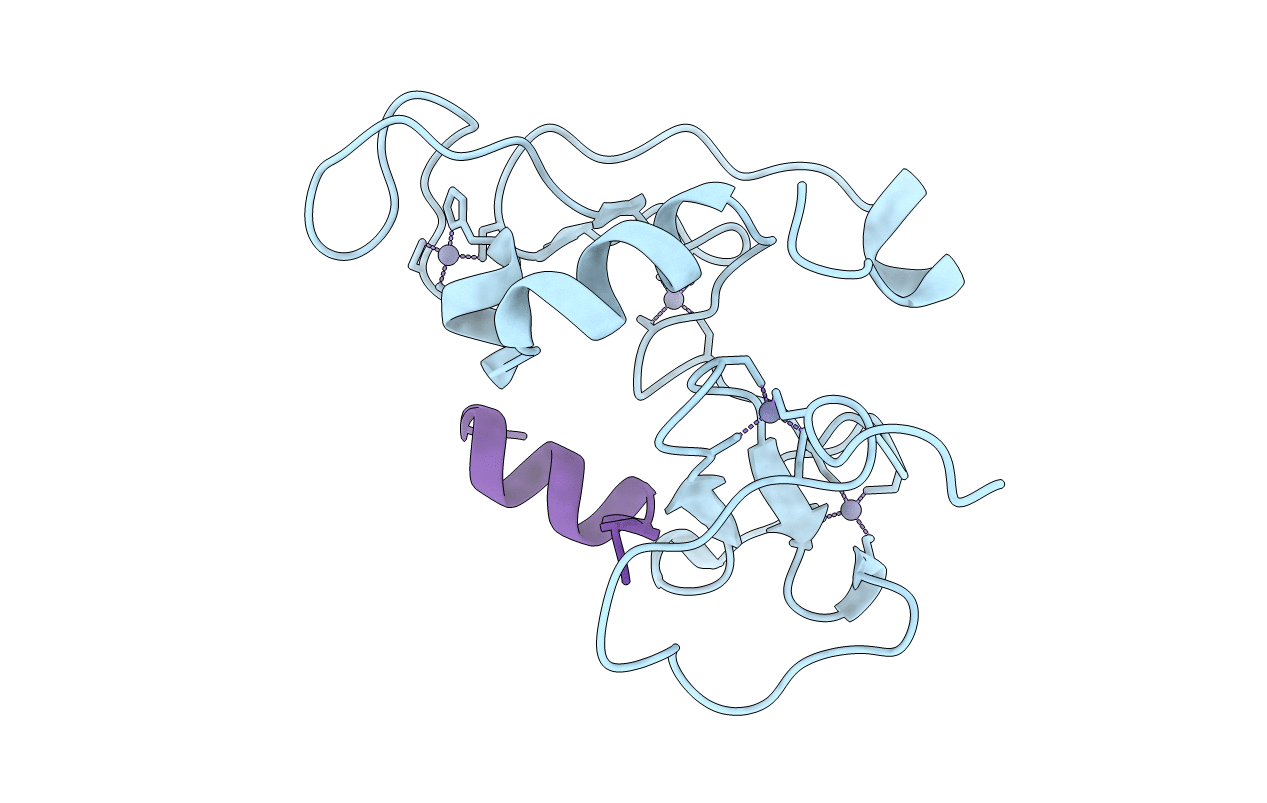
Deposition Date
2013-07-07
Release Date
2013-10-16
Last Version Date
2024-02-28
Entry Detail
PDB ID:
4LK9
Keywords:
Title:
Crystal Structure of MOZ double PHD finger histone H3 tail complex
Biological Source:
Source Organism:
Homo sapiens (Taxon ID: 9606)
Host Organism:
Method Details:
Experimental Method:
Resolution:
1.60 Å
R-Value Free:
0.18
R-Value Work:
0.16
R-Value Observed:
0.16
Space Group:
P 43 21 2


